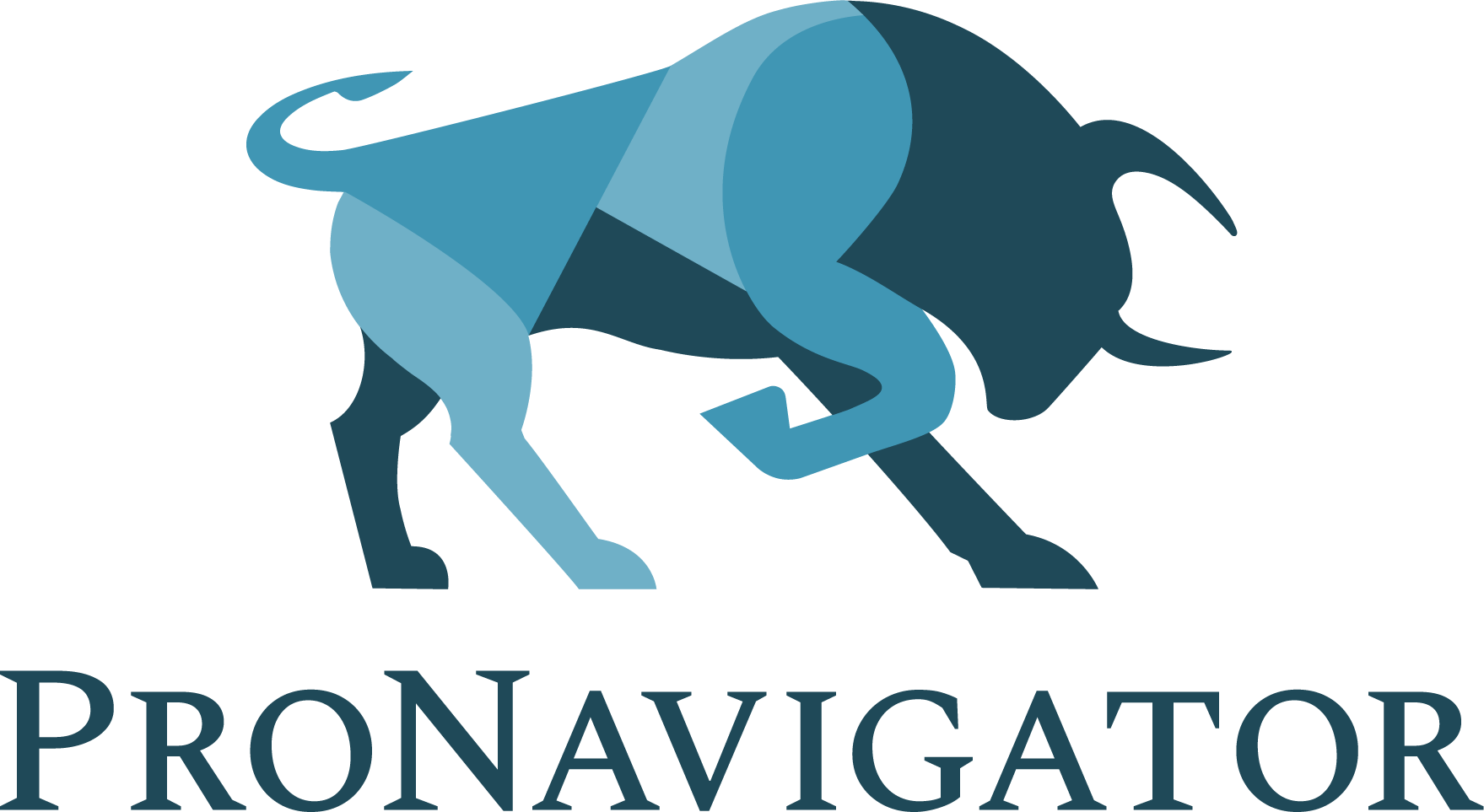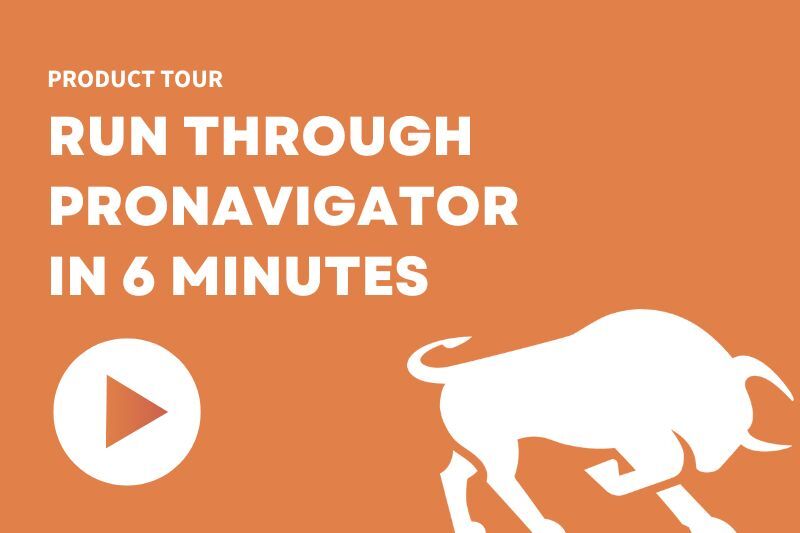From Silos to Cooperation: Tapping into Institutional Knowledge To Fuel Collaboration
“ᴄᴀɴ ʏᴏᴜ ᴇᴍᴀɪʟ ᴛʜᴀᴛ ꜰɪʟᴇ ᴛᴏ ᴍᴇ? ɪ ʜᴀᴛᴇ ᴜꜱɪɴɢ ᴛᴇᴀᴍꜱ”
– Overheard on a Video Call (yes, we were using Teams)
True, effective collaboration is messy.
Collaboration is like magic, it is hard to see it actually happening immediately. We’ve all probably been a part of an off-site or other set of strategic meetings and feel super motivating and productive, but nothing much comes of it. I have seen it often within organizations, where siloed departments are challenged to work across departments in collaborative ways. How often do claims, underwriting, marketing, actuarial, legal and HR actually engage with one other? In our experience, not nearly enough.
WHY THIS IS IMPORTANT TO YOUR COMPANY’S SUCCESS
If you have been reading my articles, you already know Greta (if you haven’t met Greta yet, you actually do know who she is). We’ve gotten a lot of feedback with stories from readers who know real-world Greta’s. While Greta is just one person, it’s more likely than not, that each of your silos has their own Greta(s). So there is a lot of wisdom that is not being shared or collaborated with, both WITHIN the silos but also, WORSE, across silos, which is going to slow down productivity and innovation.
Take these three critical departments: claims, actuarial, and underwriting. They all need each other to function effectively. And because each department has lots of Gretas, there are a lot of processes and procedures that are performed by (and only known by) a single person (Greta!). So if an individual department has Institutional Knowledge that is unknown to the rest of the team in that department, then how would it be possible for two disparate departments to collaborate efficiently??
FIRST STEPS – Document-Everything Initiatives
Even the most organized companies aren’t really documenting everything. The best organizations do a heck of a job in making sure policies, procedures, and manuals across all departments are available.
The problem is…easy does not equal complete!
THE FOLLOW THROUGH – ROI From Faster Client Engagements, Saved Time, and Fewer Errors
 Your organization must have the ability to capture institutional knowledge. The cost and risk to your organization is too great to let it walk out the door. The Gretas need to be identified. There needs to be a consistent and persistent process to capture ongoing knowledge
Your organization must have the ability to capture institutional knowledge. The cost and risk to your organization is too great to let it walk out the door. The Gretas need to be identified. There needs to be a consistent and persistent process to capture ongoing knowledge
Initial ROIs can be found by tracking the following metrics:
- The length of client or stakeholder engagement. With relevant information at your employees fingertips, you should be able to measure decreases in the time it takes to complete the client or stakeholder request
- The faster the transaction the more satisfied the customer will be
- The faster the transaction, the more time this frees up for employees to work on other pressing issues
- A reduction in errors. Capturing institutional knowledge (and making it easily searchable) will not only speed up the time it takes for an employee to respond to a client, but they will do so with fewer errors. Errors are costly to customer satisfaction and increase liability risks.
If possible, do A/B split testing, and compile your results for trend analyses. We will be devoting a deeper inspection for ROI’s in future articles.
AND FOLLOW THROUGH SOME MORE – Making Institutional Knowledge Searchable Across Silos
 Coming full circle, back to inter-departamental collaboration, the same steps used to capture and share the institutional knowledge within departments requires the same initiatives across departments. The actuarial team, that need to get a State based price filing out, has to collaboratively work with claims and underwriting in order to their job correctly. There are placeholders in the workflows where one department needs to send something to other departments. If Greta is a key obstacle to meeting a timeline and her work is not fully mapped and documented, then the departure of Greta would harm multiple departments. And in insurance, this is likely happening between actuarial and claims, actuarial and underwriting, claims and underwriting, marketing and underwriting and so on. And this makes sense. Underwriting is struggling to manage underwriting. Underwriting does not have the luxury to worry about how actuarial or claims is managing their groups. But to get to true collaboration, they need to have a better understanding of each other’s processes.
Coming full circle, back to inter-departamental collaboration, the same steps used to capture and share the institutional knowledge within departments requires the same initiatives across departments. The actuarial team, that need to get a State based price filing out, has to collaboratively work with claims and underwriting in order to their job correctly. There are placeholders in the workflows where one department needs to send something to other departments. If Greta is a key obstacle to meeting a timeline and her work is not fully mapped and documented, then the departure of Greta would harm multiple departments. And in insurance, this is likely happening between actuarial and claims, actuarial and underwriting, claims and underwriting, marketing and underwriting and so on. And this makes sense. Underwriting is struggling to manage underwriting. Underwriting does not have the luxury to worry about how actuarial or claims is managing their groups. But to get to true collaboration, they need to have a better understanding of each other’s processes.
FROM SILOS TO COLLABORATION
 The ROI on capturing departmental institutional knowledge and make it easily accessible to employees and other stakeholders is high (I will go into this in much more detail in future articles). Departments that look to capture their institutional knowledge function function at higher effectiveness than departments that do not preserve their institutional knowledge. If each employee of each department has the information that Greta has, at their fingerprints, then collaboration, while it can still be messy, gets an immediate ROI boost.
The ROI on capturing departmental institutional knowledge and make it easily accessible to employees and other stakeholders is high (I will go into this in much more detail in future articles). Departments that look to capture their institutional knowledge function function at higher effectiveness than departments that do not preserve their institutional knowledge. If each employee of each department has the information that Greta has, at their fingerprints, then collaboration, while it can still be messy, gets an immediate ROI boost.

Joseph D’Souza is a passionate business builder with more than a decade of experience in founding and growing companies. As the founder and CEO of ProNavigator, he's using AI to help insurance professionals win in an on-demand world.





